What is Flow? A complete guide to the Flow blockchain
What you need to know about the Flow Blockchain that's helping to power some of the most popular apps, games, and digital assets.
By Corey Barchat
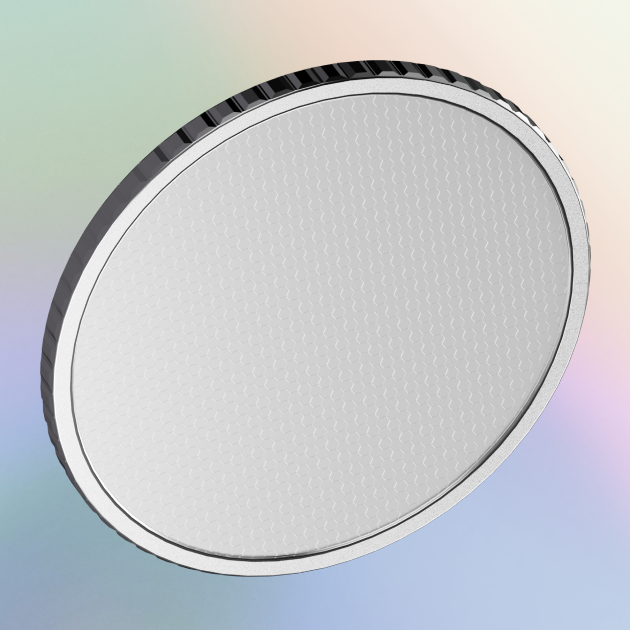
Geoffrey Lyons also contributed to this article.
If you've ever bought an NBA Top Shot pack or adopted your very own CryptoKitties, then you're already familiar with Flow, the powerful blockchain that powers some of the most popular applications in crypto, NFTs, and gaming.
Launched by Dapper Labs in 2019, Flow has become a popular blockchain for businesses to build and grow their user base.
With a focus on low transaction fees and a truly user-centric experience, Flow has positioned itself to help build the next generation of apps, games, and digital assets. It has also launched its own native currency, FLOW, which is leveraged by validators, users, and developers to participate in the ecosystem.
In this article, we explore what Flow is and how it works.
What is the Flow blockchain?
Flow is one of the leading blockchains for the next generation of apps, NFTs, and games. It’s designed to scale in a way that doesn’t use sharding techniques, so transactions are fast and low-cost.
Most notably, Flow is focused on reducing the complexity that is seen in other blockchains. Take, for example, purchasing a CryptoKitty. Behind the scenes, that process can involve dozens of blockchain transactions.
But on Flow, the same action is handled by one atomic transaction in a single block.
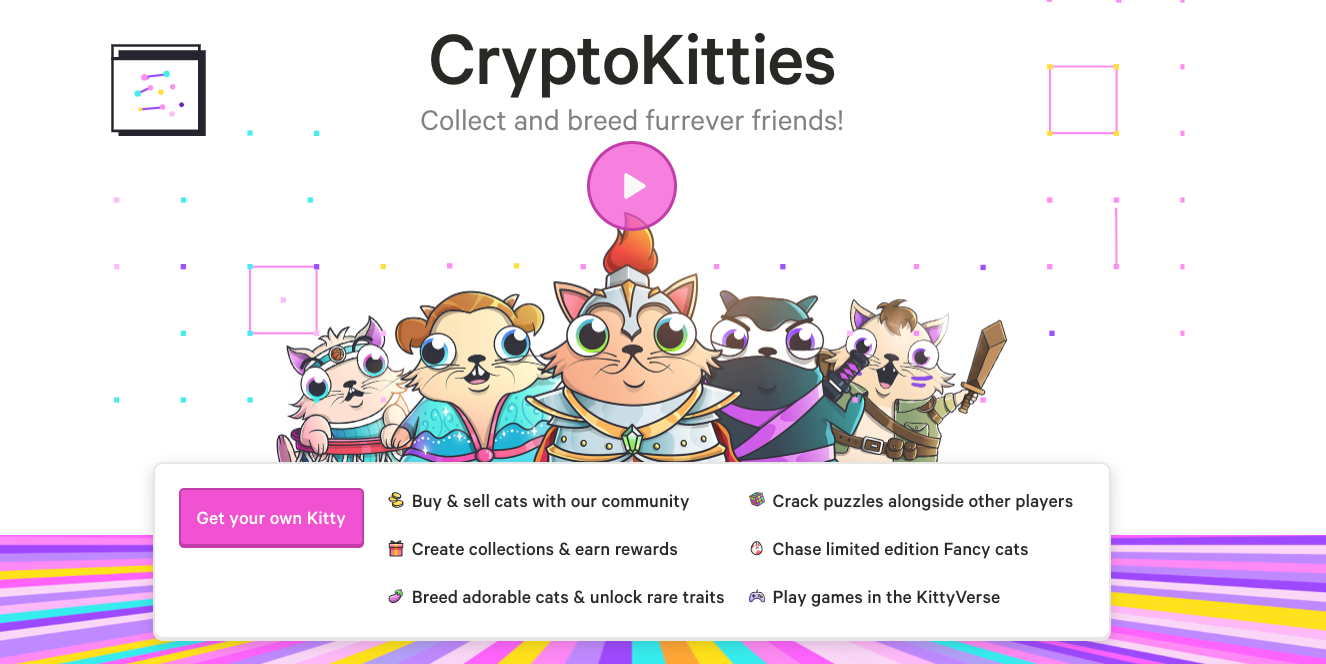
The Flow blockchain is designed not just to improve the end-user experience but also to allow developers to build, test, and launch projects quickly and sustainably.
How does Flow work?
Every blockchain has its own validation mechanism to process transactions and secure the network.
Like the Ethereum blockchain, Flow too uses a Proof-of-Stake (PoS) consensus mechanism to allow for a decentralized and secure network.
To avoid the scaling difficulties that Ethereum has faced over the years, Flow, on the other hand, splits the work of processing transactions into four separate nodes that each have their own role and responsibility. Instead of relying on off-chain solutions to scale the network, Flow’s native node subdivisions give it a great advantage in blockchain scalability.
What is the Flow node architecture?
Collection nodes are the first layer of the Flow node architecture. Their primary responsibility is to manage the transactions pool to collect well-formed transactions. Once a well-formed transaction is collected, these nodes will hash the text off and sign them.
Collection nodes then propose well-formed transactions to consensus nodes, which allow the network to reach consensus on the order and presence of transactions to be processed. As a decentralized blockchain, Flow allows anyone to participate in network consensus by running a node with even modest hardware and internet connections.
Execution nodes are responsible for computing and executing each transaction, while being kept in check by verification nodes. Dishonest execution nodes can be punished by just a single honest verification node, if the latter finds that the former processes any invalid transaction data.
By dividing validation stages between its four nodes, Flow is able to process transactions efficiently and with low fees compared to other blockchains.
What are the benefits of the Flow blockchain?
As cryptocurrencies, virtual worlds, and NFTs continue to become more mainstream, low transaction costs and ease of use are critical for both developers and users alike.
Flow was built with long-term sustainability in mind. Using Proof of Stake (POS) to run, it is significantly more energy-friendly than Proof of Work (POW), roughly in line with other online services that are regularly used. Additionally, the launch of the stablecoin FUSD helps further strengthen the Flow ecosystem and is incredibly promising for its long-term growth.
Here are a few additional benefits of the Flow network:
1) Flow is user-friendly and mainstream ready
Flow is built for mainstream adoption, with a heavy focus on being developer-friendly and making it easy for non-crypto users to get involved. For example, with the Flow network, users can easily recover lost keys. Additionally, Flow works to reduce the many steps involved in getting started with their favorite projects. Because of this, Dapper Labs uses Flow for all their portfolio projects.
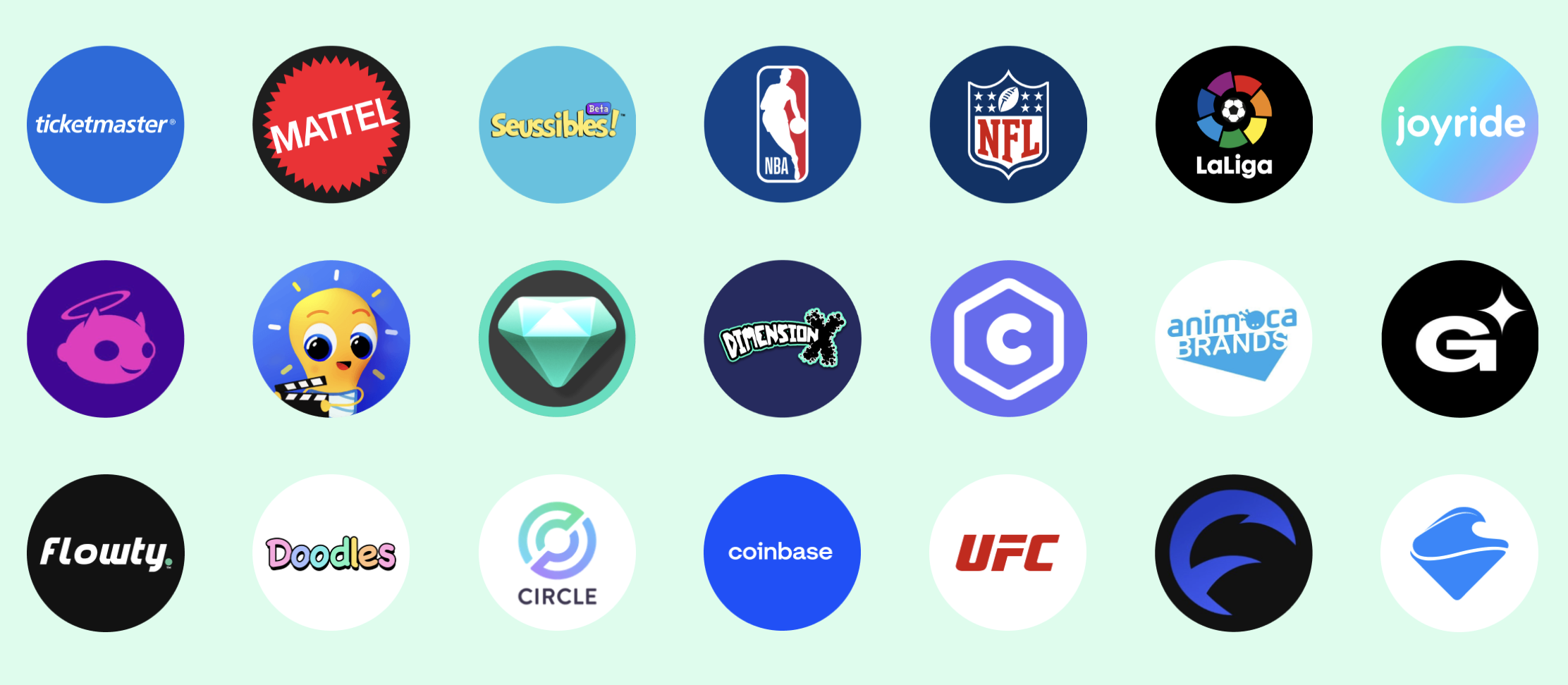
2) Flow doesn't use sharding
As Flow notes: "Smart contracts and user accounts on Flow can always interact with each other in one atomic, consistent, isolated, and durable (ACID) transaction. In other words: all applications on Flow can run in the same shared execution state…. Sharding and Layer-2 solutions break composability and reduce network effects for dApps and smart contracts by removing ACID guarantees from the execution environment."
While sharding can be helpful in some instances, it's not a long-term solution. By integrating its blockchain without the use of sharding, the Flow ecosystem is able to bypass some of the issues this technique can cause.
3) Flow focuses on decentralization
Because it's incredibly easy for developers and users to participate in the Flow ecosystem, this ensures that more individuals can participate in the consensus process that secures the network.
As Flow writes: "Flow is committed to a diverse and decentralized participation in the Flow Network, and therefore the distribution of the token, in compliance with securities law and other relevant regulatory frameworks."
4) Flow has worked with some of the world's biggest investors and brands
Additionally, Flow has partnered with many popular companies and investors, in the aim of ensuring the long-term growth and sustainability of the ecosystem.
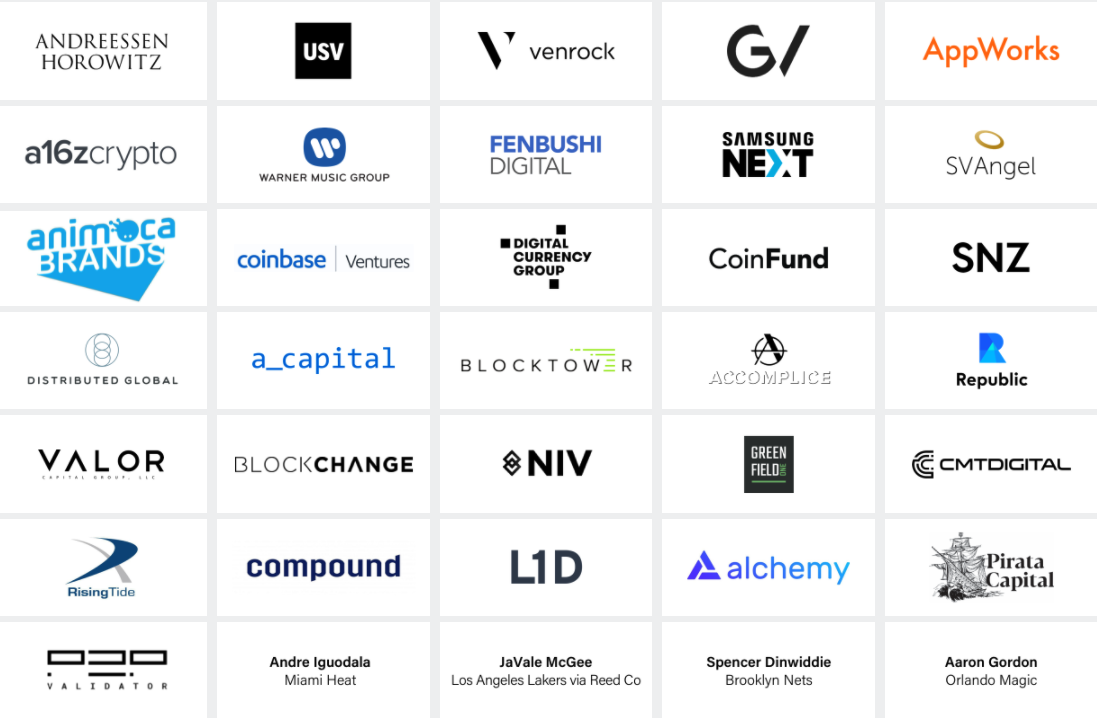
As the Flow ecosystem and FLOW token continue to grow, and with more people around the world getting involved in crypto, it could be well-positioned to become a key part of the mainstream adoption of cryptocurrency.
Where to buy Flow
You can buy Flow (FLOW) via MoonPay or through any of our partner wallet applications with a credit card, bank transfer, Apple Pay, Google Pay, and many other payment methods.
Just enter the amount of FLOW you wish to purchase and follow the steps to complete your order.
MoonPay also allows you to easily sell crypto when it's time to cash out. We're always adding more coins like FLOW to sell, so check back soon.
Swap Flow for more tokens
Want to exchange FLOW for other cryptocurrencies like Ethereum and Bitcoin? MoonPay allows you to swap crypto cross-chain with no processing fees, directly from your non-custodial wallet.



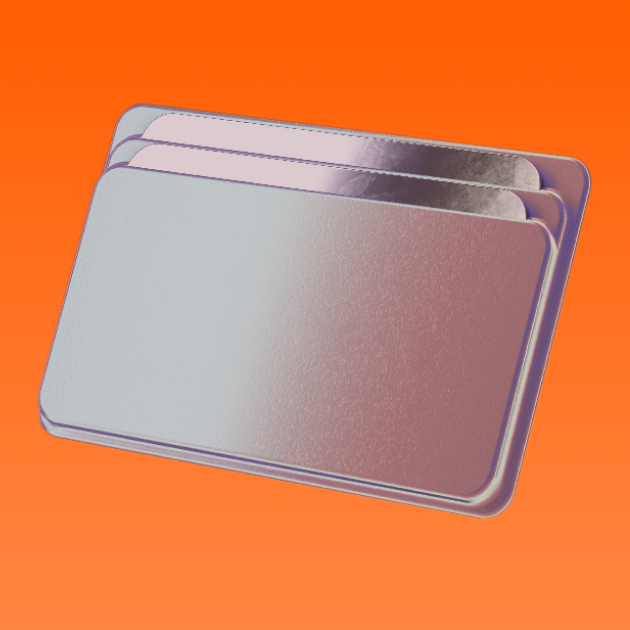
.png)

